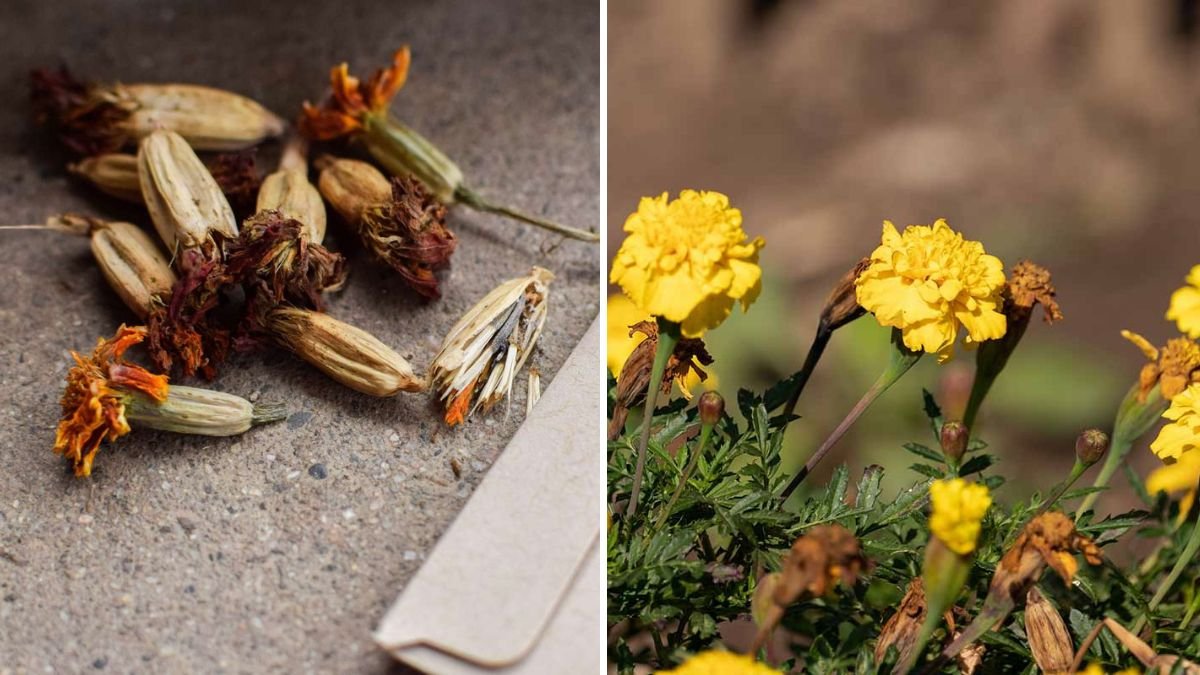Marigolds are among the most popular garden flowers worldwide, prized for their vibrant colors, long blooming season, and pest-repellent properties. They are easy to grow, hardy, and adaptable to various garden settings, making them a favorite for both beginner and experienced gardeners. One of the key benefits of marigolds is that they are annuals, meaning they complete their life cycle in one season. However, with proper seed-saving techniques, gardeners can preserve marigold seeds to ensure a vibrant garden year after year. This article provides a comprehensive guide to saving marigold seeds, including plant selection, seed harvesting, drying, storage, and planting strategies.
Why Save Marigold Seeds?
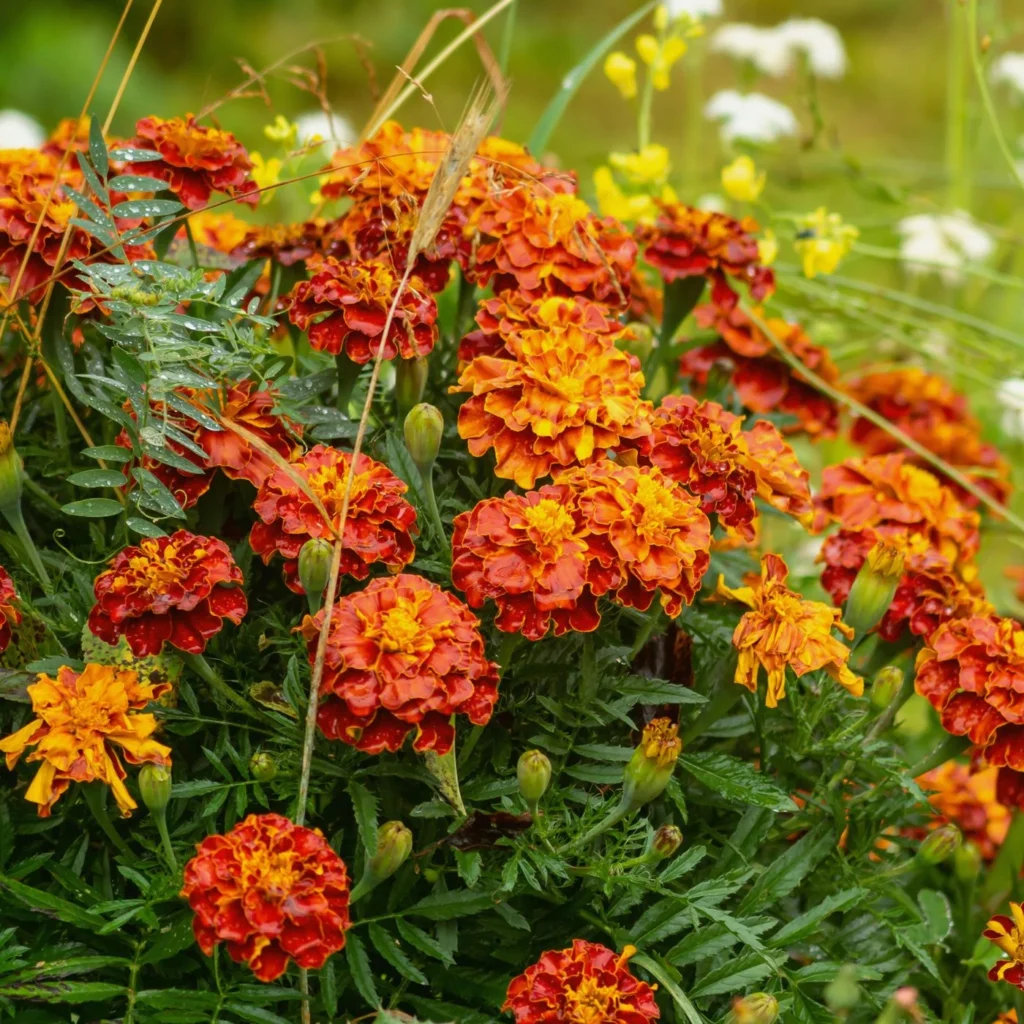
Saving seeds from your marigold plants offers numerous advantages:
- Cost Savings: Buying seeds every season can become expensive; saving your own seeds reduces this cost.
- Preserve Favorite Varieties: Maintain unique colors, sizes, or hybrid marigolds that you particularly enjoy.
- Adapted Plants: Seeds from your local garden are often better adapted to your climate and soil conditions.
- Sustainable Gardening: Reduces reliance on commercial seed sources and promotes eco-friendly practices.
- Educational Value: Teaches essential skills about plant reproduction, genetics, and seasonal planning.
Step 1: Selecting the Right Marigold Plants
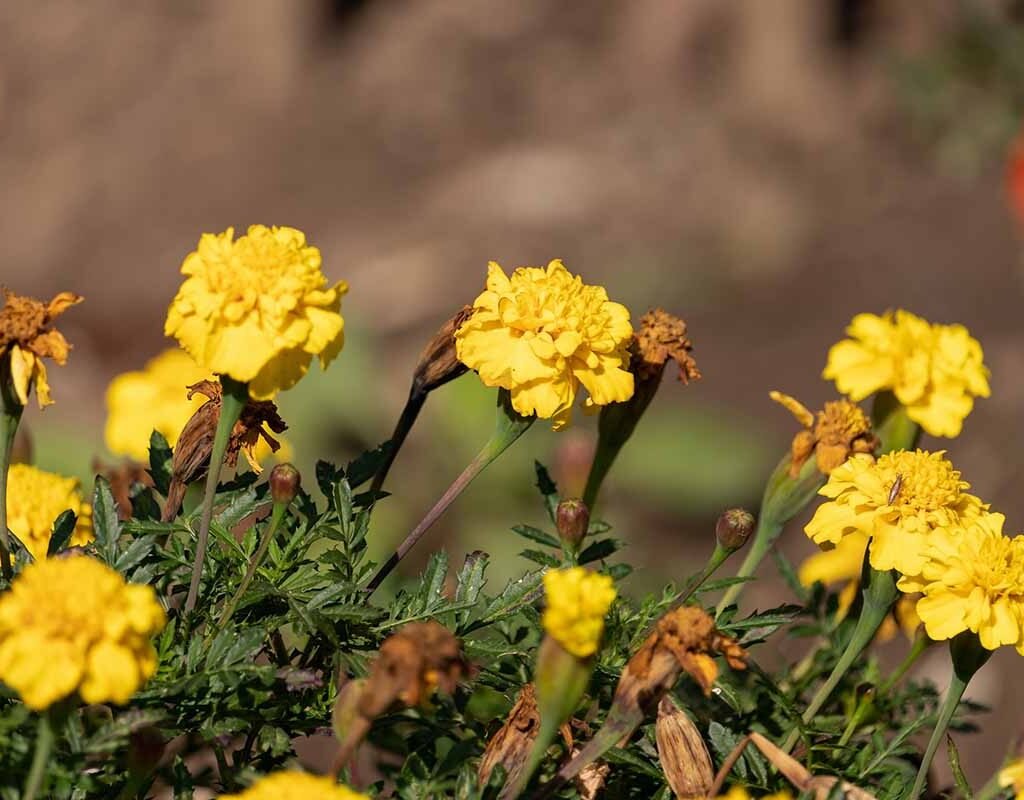
Choosing the right plants for seed-saving is critical for successful results.
Traits to Consider:
- Healthy Plants: Select strong, disease-free plants with vibrant blooms.
- True-to-Type Varieties: Open-pollinated varieties are ideal because seeds will produce plants similar to the parent. Avoid hybrid varieties, as they may not retain the parent’s characteristics.
- Early Bloomers: Pick marigolds that flower first and fully mature, as they are likely more vigorous and productive.
- Pest-Resistant Plants: Favor plants with natural resistance to common pests like aphids or nematodes.
Tips: Observe your marigolds throughout the season and mark the healthiest flowers for seed collection later.
Step 2: Harvesting Marigold Seeds
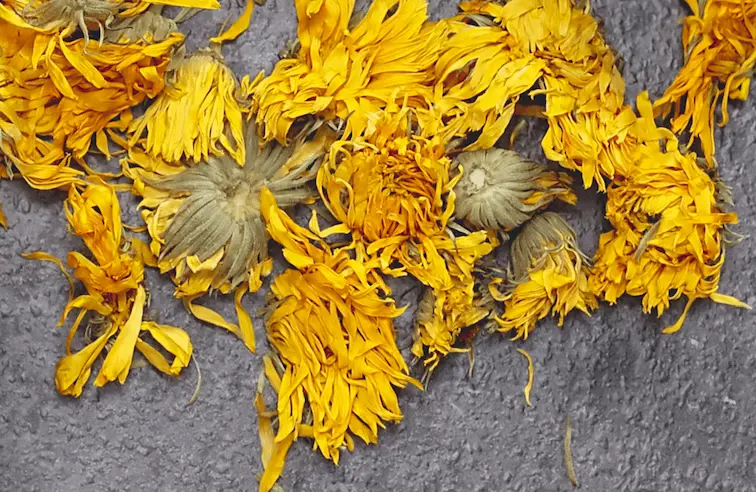
Marigold seeds are found inside the flower heads once blooms have matured and dried naturally.
Timing:
- Allow flowers to fully fade and dry on the plant, usually after the petals have shriveled and turned brown.
- Avoid harvesting seeds from flowers that have been damaged by pests or diseases.
Process:
- Gently twist or cut the dried flower heads from the plant.
- Place the flower heads in a paper bag or bowl for further drying.
- Let them sit in a warm, dry, and ventilated area for 1–2 weeks to ensure complete drying.
Tips: Avoid using plastic bags during drying, as moisture can promote mold and seed rot.
Step 3: Extracting Seeds from Flower Heads
Once the flower heads are thoroughly dry, it’s time to extract the seeds.
- Gently crush the dried flower heads to release the seeds.
- Separate seeds from petals and debris by hand or using a fine mesh sieve.
- Choose plump, dark-colored seeds for planting; discard shriveled or underdeveloped ones.
Seed Anatomy: Marigold seeds are typically long, narrow, and slightly curved with a pointed tip. Healthy seeds are firm and dark brown or black, depending on the variety.
Step 4: Cleaning and Drying Seeds
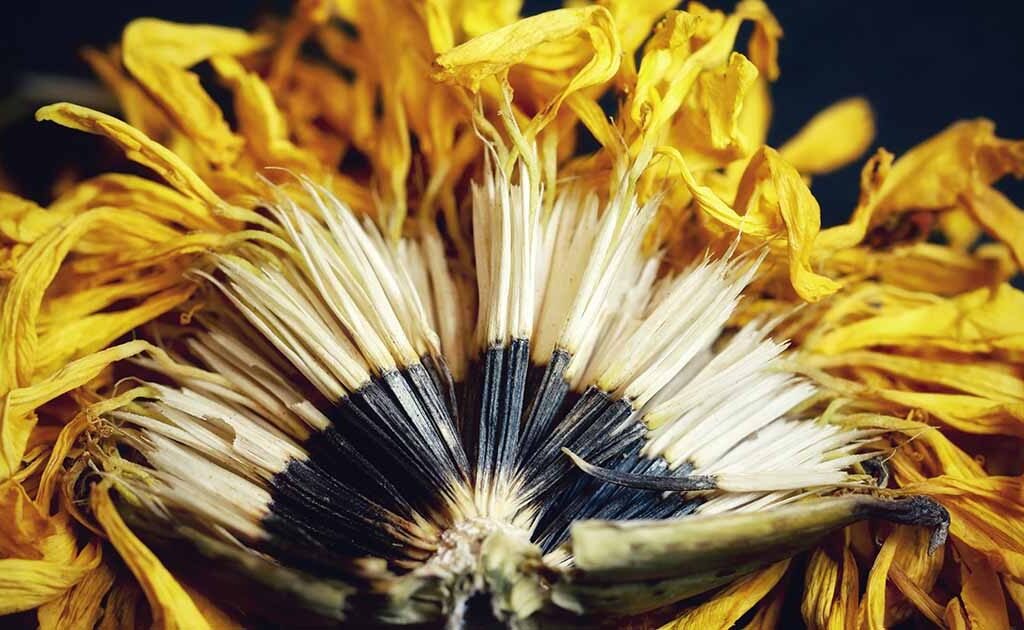
Proper cleaning and drying extend the viability of your marigold seeds.
- Cleaning: Remove any remaining flower matter or dust to prevent mold growth.
- Additional Drying: Lay seeds on a paper towel or mesh tray in a cool, dry, and well-ventilated area for 3–5 days.
- Moisture Check: Seeds should snap easily when bent; pliable seeds indicate excess moisture.
Tips: Avoid using direct sunlight for drying, as it can overheat and damage the seeds.
Step 5: Storing Marigold Seeds
Proper storage is essential to maintain seed viability for next year’s garden.
Storage Containers:
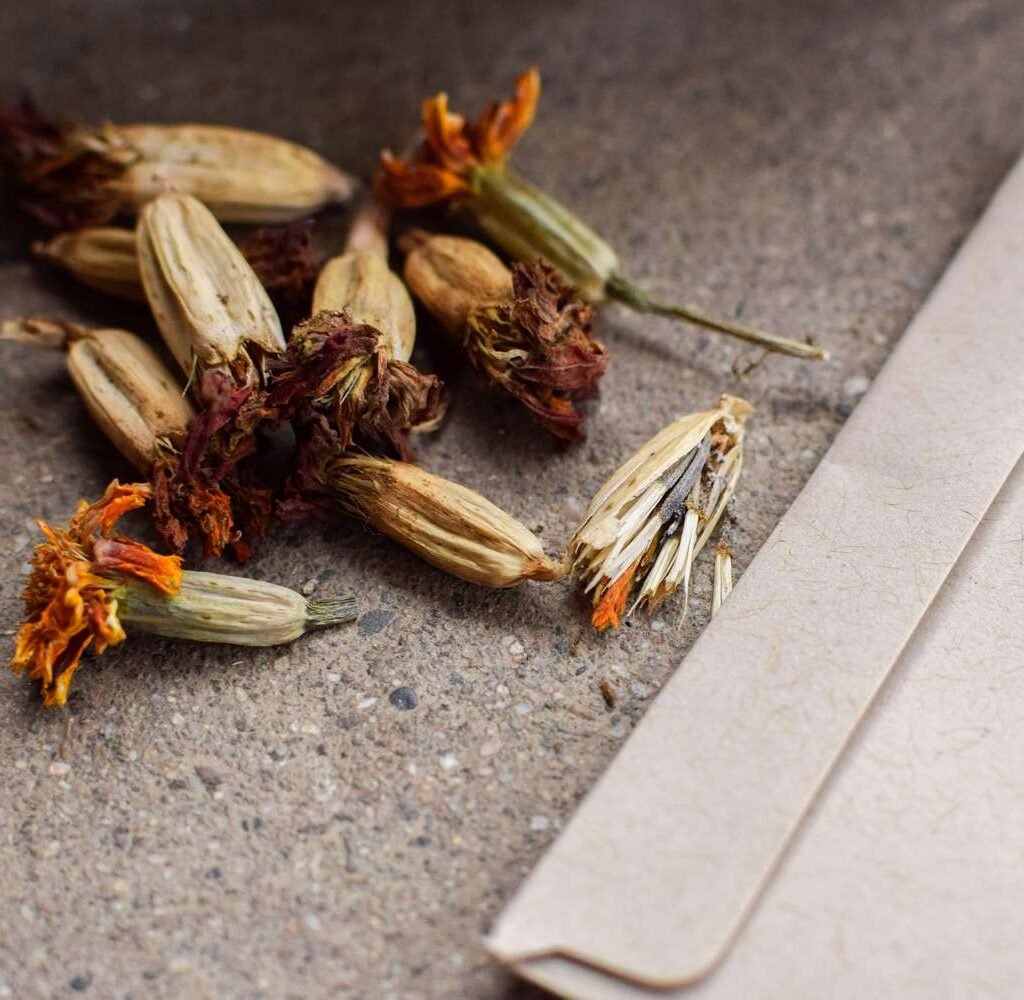
- Glass jars with tight lids
- Paper envelopes or small paper packets
- Zip-lock bags with desiccant packets to absorb moisture
Storage Conditions:
- Cool temperatures (ideally 40–50°F or 4–10°C)
- Dark location to prevent UV damage
- Dry environment to prevent mold or premature germination
Labeling:
- Record the marigold variety, color, and date of collection on each container.
- If saving multiple varieties, keep seeds separated to maintain true-to-type characteristics.
Tips: Marigold seeds can remain viable for up to 5 years under proper storage conditions, though germination rates are highest within the first 2–3 years.
Step 6: Preparing Seeds for Planting
Before planting, it’s helpful to pre-treat seeds to ensure better germination.
- Optional Scarification: Lightly nick or scratch the seed coat with sandpaper to improve water absorption.
- Soaking: Soak seeds in lukewarm water for 2–4 hours before sowing. This softens the seed coat and accelerates germination.
Tips: Use a clean container for soaking to avoid introducing pathogens to seeds.
Step 7: Planting Marigold Seeds
Marigold seeds are easy to grow and thrive in a variety of conditions.
Steps:
- Sow seeds ¼ inch deep in seed-starting mix or well-draining soil.
- Keep soil consistently moist until seeds germinate, usually within 5–10 days.
- Provide warmth and sunlight or artificial light for indoor germination.
- Transplant seedlings outdoors after the last frost, spacing them 8–12 inches apart.
Care Tips:
- Fertilize lightly to encourage vigorous growth.
- Water at the base of plants to reduce disease risk.
- Deadhead spent flowers during the growing season to promote continuous blooms.
Step 8: Tips for Successful Seed Saving Year After Year
- Grow Open-Pollinated Varieties: Ensures seeds remain true to type.
- Isolate Different Varieties: Prevent cross-pollination by spacing varieties 10–20 feet apart or using physical barriers.
- Regular Observation: Monitor plants for pests and diseases throughout the season to select the healthiest seeds.
- Rotate Crops: Avoid planting marigolds in the same soil every year to prevent disease buildup.
- Record Keeping: Maintain detailed notes on plant performance, seed collection, and storage conditions to improve future results.
Advantages of Saving Your Own Marigold Seeds
- Economical: Reduces dependence on purchased seeds.
- Personalized Gardens: Preserves your favorite colors, sizes, and bloom shapes.
- Environmentally Friendly: Reduces packaging waste and supports sustainable gardening practices.
- Locally Adapted Plants: Seeds collected from your garden are better suited to your local climate and soil.
- Educational Value: Enhances knowledge of plant life cycles, reproduction, and horticultural practices.
Conclusion
Saving marigold seeds is a simple, cost-effective, and rewarding practice that allows gardeners to enjoy the vibrant beauty of marigolds year after year. By carefully selecting healthy plants, harvesting seeds at the right time, properly drying and storing them, and following sound planting techniques, you can preserve favorite varieties and ensure robust blooms in your future gardens. Marigold seed saving not only promotes sustainability and reduces costs but also empowers gardeners to maintain vibrant, thriving gardens that attract pollinators, repel pests naturally, and bring color and life to outdoor spaces season after season. With patience, attention, and proper techniques, marigold seeds can provide a continuous source of beauty and ecological benefit for years to come.
